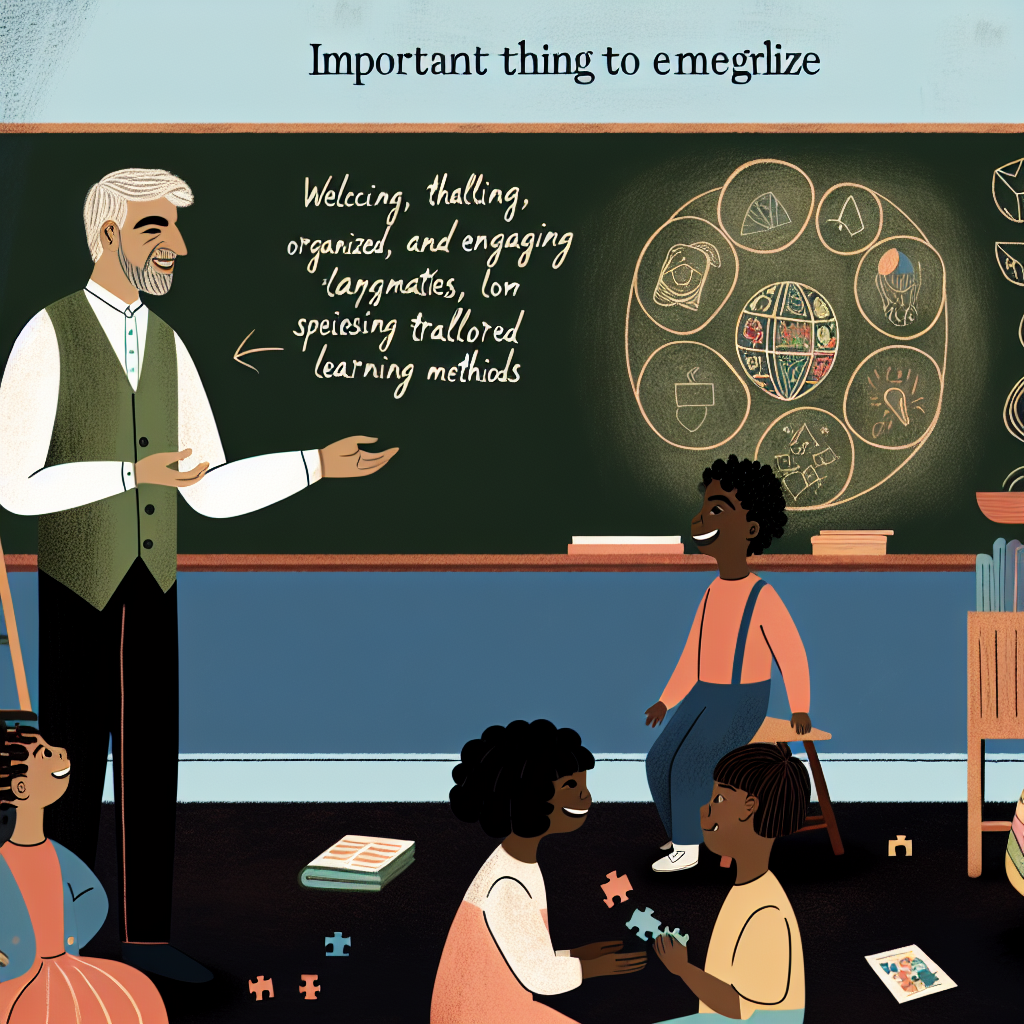Using an App-Based Token Economy to Increase Engagement in Adults with Developmental Disabilities
Helping adults with developmental disabilities gain independence often means teaching and reinforcing daily living and work-related skills. But simply knowing what to teach isn’t enough — getting consistent participation and engagement can be difficult. That’s where behavior analysts look to evidence-based tools like token economies to shape meaningful behaviors. A recent study by Beahm et al. (2023) explores a modern approach: pairing a traditional token economy with a tech-friendly twist — the ClassDojo app.
This blog will break down the key findings of the study, the strategies used, what worked, and how behavior analysts can apply these methods in practice.
Why Engagement Matters
Many adults with developmental disabilities know how to perform basic tasks like folding laundry, sorting silverware, or stuffing envelopes. The challenge is doing them consistently and without constant prompting. Low task engagement can limit independence at home or work, and traditional behavior change tools can be tough to implement in fast-paced settings.
Token economies, an established evidence-based practice, offer a structured method to increase engagement. When enhanced by technology, these systems can become more streamlined for staff and more motivating for learners.
What the Study Looked At
Beahm and her colleagues (2023) wanted to answer two core questions:
- Does an app-based token economy improve task engagement in adults with developmental disabilities?
- Can staff implement it effectively and find it useful in real-world settings?
Participants
- Six adults with developmental disabilities (ages 24–42)
- All had low engagement at baseline, despite being able to complete tasks independently
- Staff reported issues like prompt dependency and low motivation
The App-Based Token Economy: ClassDojo
ClassDojo is a classroom management app originally designed for K–12 students. The researchers adapted it for use with adults by leveraging key features:
- Each participant had their own visual avatar
- Staff awarded "Dojo points" for on-task behavior
- The app played a reinforcing sound with each point ("ding")
- Points could be traded in for real-life reinforcers like snacks, breaks, or preferred activities
This eliminated the need for physical tokens and allowed for quick, easy delivery of reinforcement.
Tasks Targeted in the Study
Each participant completed a variety of vocational or daily living “task boxes,” including:
- Folding towels and T-shirts
- Sorting silverware and matching socks
- Filling salt shakers and restocking groceries
- Stuffing and sealing envelopes
- Hanging or folding clothing
These tasks were designed to be relevant and repeatable but became repetitive for some participants over time.
Key Features of the Token System
- Tokens were earned on a visible point tracker
- Each point was paired with praise and audio cues
- A menu of reinforcers was available and updated regularly
- Reinforcer “costs” were gradually increased over time
- Engagement was measured using 15-second momentary time sampling
What the Study Found
Increased Engagement
All six participants increased their engagement during the intervention:
- Baseline: 20–40% average engagement
- Intervention: 50–70% engagement for most participants
- Maintenance: 3 participants maintained or improved performance after the system was removed
This suggests that pairing tokens with high-preference reinforcers helps boost independent task behavior.
Instructor Feedback: What Worked
Staff reported several positives:
- Immediate reinforcement with audio and visual feedback
- Easy point tracking and delivery
- Noticed improved motivation and participation
Instructor Feedback: What Didn’t Work
However, there were also concerns:
- Managing the app in group settings was tricky
- App syncing across multiple devices was inconsistent
- Staff felt it was time-consuming to balance points, task instruction, and reinforcer delivery
- Some participants didn’t fully understand how the system worked
Additional challenges included repetitive tasks, limited generalization, and lack of automation.
Tips for Using an App-Based Token Economy
For behavior analysts looking to implement a similar system, consider:
- Train staff thoroughly using Behavior Skills Training (BST)
- Customize reinforcer menus to individual preferences regularly
- Use fixed or variable reinforcement schedules based on learner needs
- Spread out point exchanges to reduce interruptions
- Use audio cues for individuals who benefit from immediate auditory feedback
- Monitor engagement trends to adjust point ratios over time
- Rotate task options to avoid boredom and increase generalization
Study Limitations
It’s important to note that:
- The use of praise alongside points makes it hard to isolate what caused behavior change
- There was no formal procedure for conditioning the tokens
- Generalization across settings wasn’t measured
- Real-world challenges like COVID-related moves and staff changes affected consistency
Still, results were promising and suggest more research is needed.
Where Do We Go From Here?
Researchers suggest future studies should look at:
- Different reinforcement schedules (e.g., variable-ratio)
- Comparing traditional vs. app-based systems
- Expanding to other environments like workplaces or group homes
- Testing a broader age range and cognitive levels
- Understanding long-term maintenance of new skills
- Addressing staff training and tech ease of use
These directions can lead to broader use of app-based behavior strategies in adult services across contexts.
Final Thoughts
This study by Beahm et al. (2023) adds valuable data showing that token economies are not just for children. With the right tech tools, adult learners can also benefit. Digital platforms like ClassDojo remove some of the barriers that come with physical token systems and make it easier for staff to implement best practices.
Behavior analysts working with adults with developmental disabilities should consider how combining tried-and-true strategies with simple tech tools can improve engagement, independence, and real-world outcomes.
—
🔗 Want to explore the full research article?
Check it out at: https://doi.org/10.1007/s40617-023-00774-4
Published in Behavior Analysis in Practice by Lydia A. Beahm, Einar T. Ingvarsson, Noelle Funk, Lauren Haskins, and Jake Frazier (2023).



